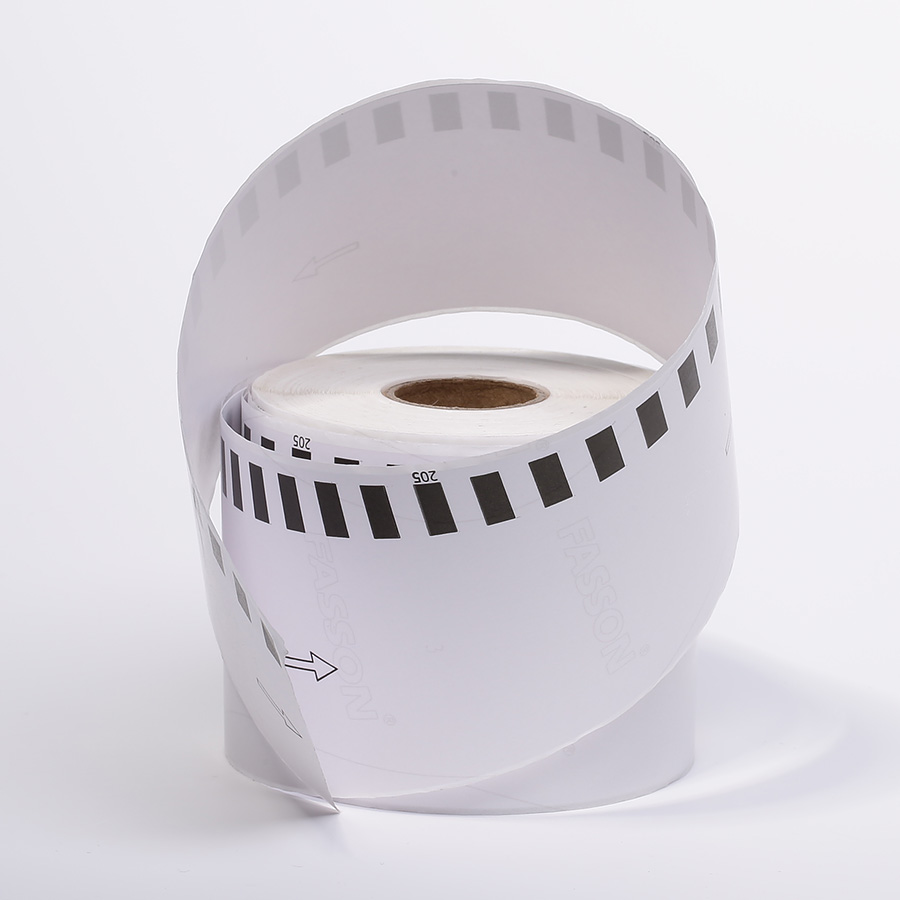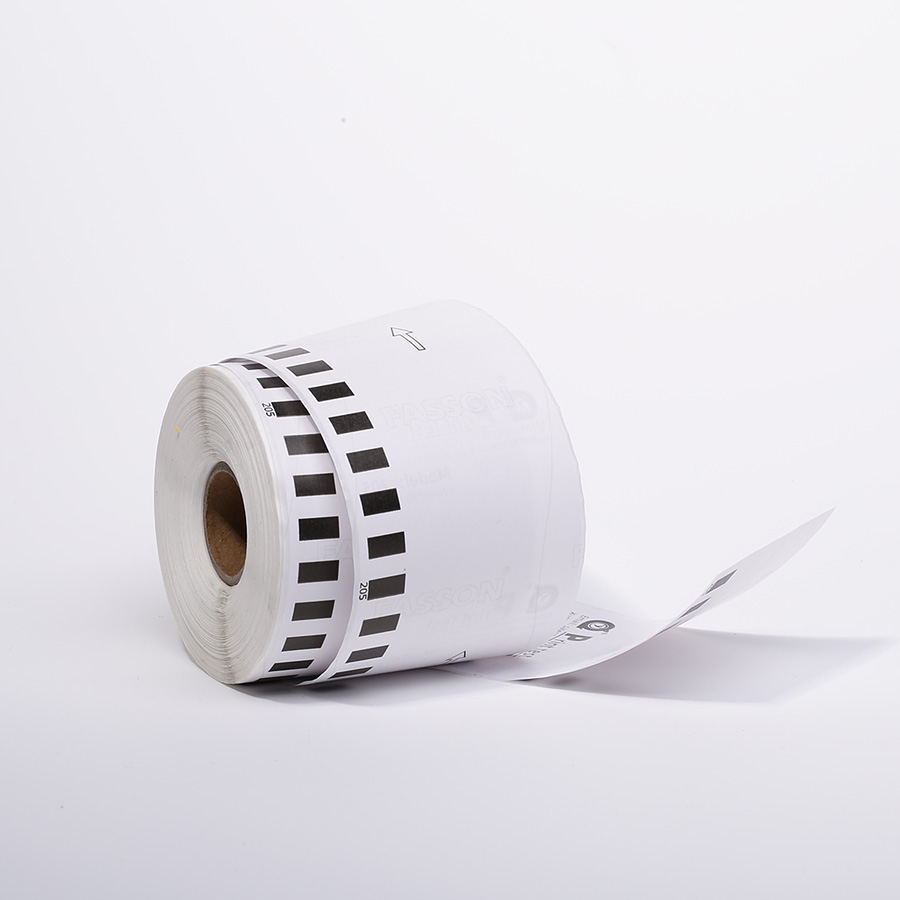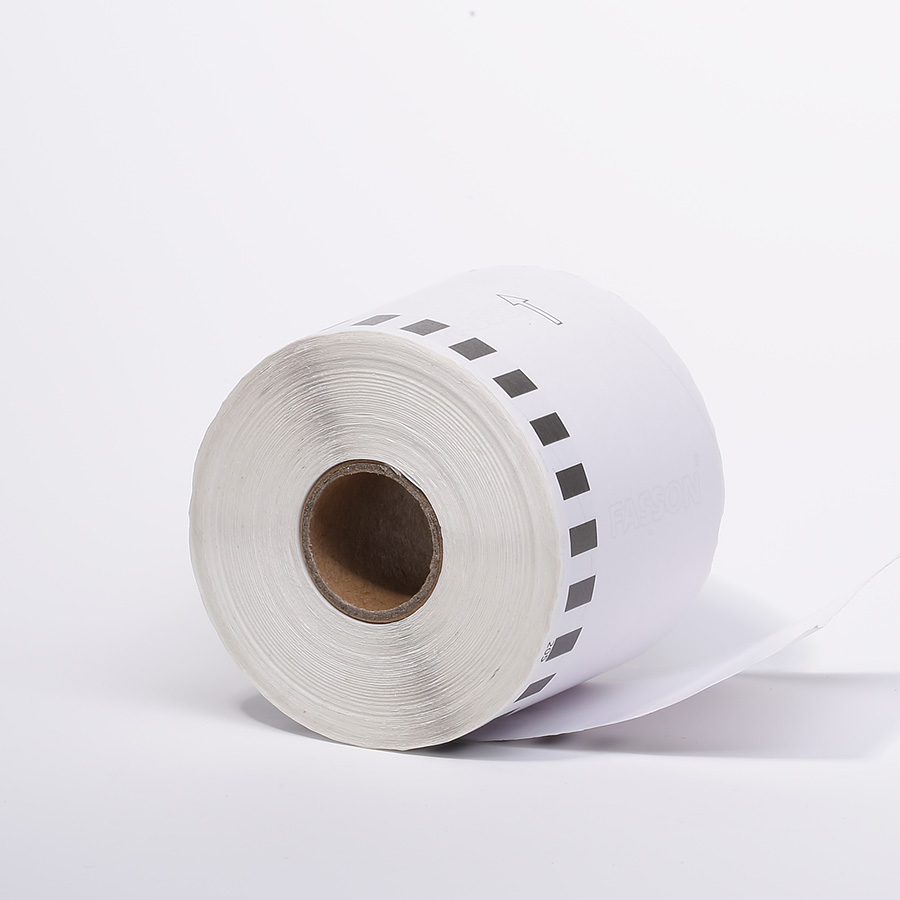What is a Packaging Label?
A packaging label is a tag or sticker affixed to a product or its packaging that provides essential information about the item.
This information can include the product name, ingredients, usage instructions, warnings, and other regulatory or marketing details.
Packaging labels are crucial for consumer safety, product identification, and compliance with legal requirements.

How to Create a Packaging Label
Creating an effective packaging label involves several steps to ensure that all necessary information is included and presented clearly.
Here’s a step-by-step guide:
1.Determine the Required Information:
Identify what information must be included on the label, such as product name, ingredients, net weight,
manufacturer details, and any regulatory requirements.
2.Design the Label:
Use graphic design software (e.g., Adobe Illustrator, Canva) to create a visually appealing and informative label.
Ensure that the text is legible and the layout is organized.
3.Choose the Right Material:
Select a label material that suits the product and its environment. Common materials include paper, vinyl,
and synthetic materials, each with different durability and resistance properties.
4.Test the Label:
Print a few samples and test them under various conditions to ensure they remain readable and adhere properly.
5.Finalize and Print:
Once you are satisfied with the design and functionality, finalize the label and prepare it for mass production.

What Needs to Go on a Packaging Label?
The content of a packaging label varies depending on the product and applicable regulations.
However, here are some common elements that typically need to be included:
1.Product Name:
Clearly state the name of the product.
2.Ingredients:
List all ingredients, especially for food and cosmetic products.
3.Net Weight/Volume:
Indicate the net weight or volume of the product.
4.Manufacturer Information:
Include the name and address of the manufacturer or distributor.
5.Usage Instructions:
Provide clear instructions on how to use the product.
6.Warnings and Precautions:
Include any necessary warnings or precautions.
7.Barcodes and QR Codes:
Add barcodes and QR codes for inventory management and tracking.
8.Regulatory Information:
Comply with any relevant laws and regulations, such as FDA requirements for food and drugs.
9.Expiration Date:
For perishable items, include the expiration date.
10.Country of Origin:
tate the country where the product was manufactured.

How Do I Print a Packaging Label?
Printing a packaging label can be done using various methods, depending on your needs and resources.
Here’s a guide to help you through the process:
1.Choose a Printer:
Select a printer that is suitable for your label material. Common options include laser printers, inkjet printers, and thermal printers.
2.Select Label Stock:
Purchase the appropriate label stock from a reputable supplier.
Ensure the material is compatible with your printer and meets your durability requirements.
3.Prepare the Design:
Finalize your label design and save it in a format compatible with your printer (e.g., PDF, PNG).
4.Load the Printer:
Load the label stock into your printer according to the manufacturer’s instructions.
5.Print the Labels:
Print the labels using your chosen printer. Check the first few prints to ensure the quality and alignment are correct.
6.Test the Labels:
Apply a few printed labels to the product or packaging to ensure they adhere properly and remain readable.
7.Mass Production:
Once you are satisfied with the results, proceed with mass production of the labels.
By following these steps, you can create and print high-quality packaging labels that meet all necessary requirements
and enhance the overall presentation of your products.
 +86 13306035080
+86 13306035080 Skype: labelpaper
Skype: labelpaper WhatsAPP: +86 13599530155
WhatsAPP: +86 13599530155 order@yesnlabels.com | sales@yesnlabels.com
order@yesnlabels.com | sales@yesnlabels.com


 No.8-1 JiuZhanLinLi HeShan XinMin Town TongAn District XiaMen 361100 China
No.8-1 JiuZhanLinLi HeShan XinMin Town TongAn District XiaMen 361100 China Phone+86 13306035080
Phone+86 13306035080 AddressNo.8-1 JiuZhanLinLi HeShan XinMin Town TongAn District XiaMen 361100 China
AddressNo.8-1 JiuZhanLinLi HeShan XinMin Town TongAn District XiaMen 361100 China E-amil
E-amil

